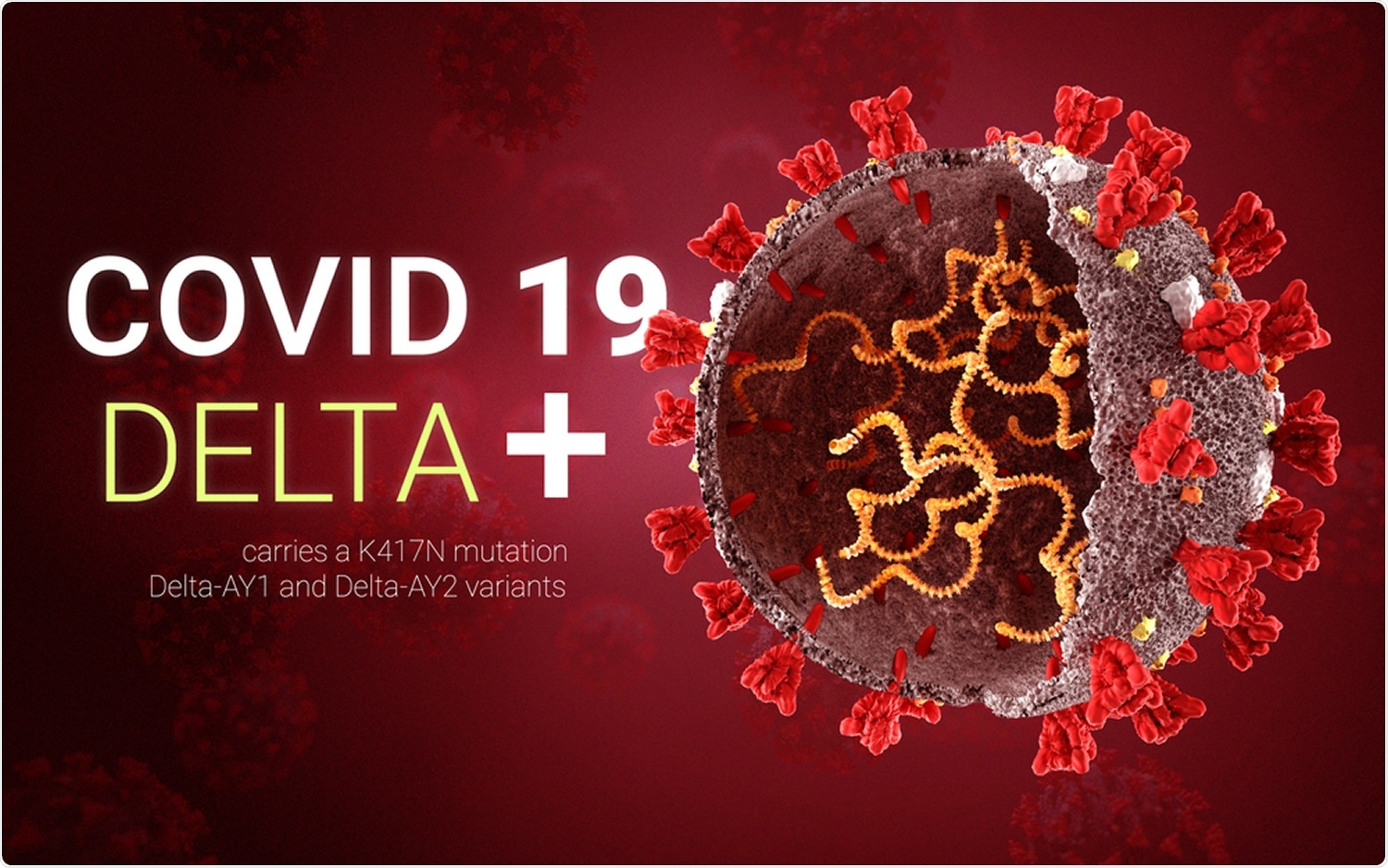SARS-CoV-2 Delta variant transmitted by fully vaccinated individuals in Provincetown, Massachusetts
The Massachusetts Department of Public Health (MADPH), on the 10th of July 2021, received reports of a surge in coronavirus disease 2019 (COVID-19) cases among residents of Provincetown, MA, or people who had recently visited the town.
Provincetown is a tourist town on Cape Cod that attracted thousands of visitors. Many visitors reported attending multiple large public and indoor gatherings. The visits started with the 4th of July weekend and continued through the following week. Subsequently, severe acute respiratory syndrome coronavirus 2 (SARS-CoV-2) infections in the area rose rapidly.
As of the 1st of July, the vaccination rate in Barnstable County (where Provincetown is located) was 68%. 74% of the total number of reported cases were fully vaccinated individuals, and 79% were symptomatic. This outbreak episode was the first large one in a highly vaccinated population in the US. This led to a thorough investigation, including SARS-CoV-2 genome sequencing.
Now, a new study, posted to the medRxiv* preprint server, describes the genomic epidemiology of this outbreak. It provides a deeper understanding of viral transmission from and between fully vaccinated individuals.

A New Study
Samples were collected between July 9th and August 2nd, and, SARS-CoV-2 genomes were sequenced. Scientists produced high-quality SARS-CoV-2 genomes from 467 unique individuals, including 439 samples that were associated with the outbreak. 80% of the samples sequenced came from males, the median age was 43, and 84% came from vaccinated individuals.
Main Findings
The SARS-CoV-2 Delta variant drove the Provincetown outbreak with 99% of the samples sequenced as Delta. 84% were from the lineage AY.25, which is rarely observed outside North America but quite common in the USA.
Researchers analyzed diagnostic Ct values, which are an approximation of the viral load. The viral loads were similar between vaccinated and unvaccinated individuals and between symptomatic and asymptomatic individuals.
There were, however, fewer asymptomatic cases because testing was focused on symptomatic cases. The Delta genomes in this dataset did not have novel variants of the spike protein, nor did they have a higher frequency of amino acid changes.
The average time since completion of the vaccination course was 111 days. Scientists observed that the viral loans decreased slightly as more time passed post-vaccination. However, this declining trend was not statistically significant in this dataset. Further, albeit insignificantly, the viral load decreased marginally with increasing age in vaccinated individuals. In the study cohort, on average, unvaccinated individuals were younger than vaccinated individuals.
.jpg)
Scientists inferred that the Delta variant was introduced into the population from many sources based on a phylogenetic tree analysis. The earliest reported genomes within the cluster were from other states. This led researchers to believe that this lineage emerged outside MA and was introduced into the state just prior to amplification by the outbreak. They also observed a pattern, which indicated rapid spread from a single individual and – a signature of superspreading. However, public health investigation did not find any evidence of a single site shared among many cases. The specific transmission pattern could not be resolved, but the shape of the phylogeny suggested that a few individuals were responsible for most transmission events.
Next, scientists investigated if the cases from the outbreak contributed to the subsequent increase in cases in MA and across the country. Half of the outbreak-associated individuals were MA residents, while the other half visited from 20 other US states. It was observed that the signature of the dominant cluster accounted for a small fraction of Delta infections sequenced in MA over the following weeks.
.jpg)
Further research showed that the smaller outbreak clusters had negligible impact on onward spread within Massachusetts and elsewhere within the USA.
Despite epidemiological complexities, the data provided strong support for 21 transmissions from vaccinated individuals. Scientists concluded that transmission from vaccine breakthrough infections to both vaccinated and unvaccinated individuals was common.
Conclusion
The Provincetown outbreak had over a thousand cases, and it demonstrated that the Delta variant is capable of causing a large outbreak even in a mostly vaccinated population. It was, however, observed that this outbreak did not contribute significantly to the increase in cases in Massachusetts. It must be noted that the outbreak was short-lived owing to the swift public health response.
The outbreak's impact could also be mitigated by the active engagement of the affected community in the epidemiological response. The limited effect of this episode suggested that although high vaccination rates cannot guarantee the prevention of Delta-driven outbreaks, swift and well-informed public health measures can indeed control them.
*Important Notice
medRxiv publishes preliminary scientific reports that are not peer-reviewed and, therefore, should not be regarded as conclusive, guide clinical practice/health-related behavior, or treated as established information.
- Siddle, J.K. et al. (2021) Evidence of transmission from fully vaccinated individuals in a large outbreak of the SARS-CoV-2 Delta variant in Provincetown, Massachusetts. medRxiv 2021.10.20.21265137; doi: https://doi.org/10.1101/2021.10.20.21265137, https://www.medrxiv.org/content/10.1101/2021.10.20.21265137v1
Posted in: Medical Research News | Disease/Infection News
Tags: Amino Acid, Coronavirus, Coronavirus Disease COVID-19, CT, Diagnostic, Epidemiology, Frequency, Gene, Genome, Genomic, Genomics, Phylogeny, Protein, Public Health, Research, Respiratory, SARS, SARS-CoV-2, Severe Acute Respiratory, Severe Acute Respiratory Syndrome, Spike Protein, Syndrome, Vaccine

Written by
Dr. Priyom Bose
Priyom holds a Ph.D. in Plant Biology and Biotechnology from the University of Madras, India. She is an active researcher and an experienced science writer. Priyom has also co-authored several original research articles that have been published in reputed peer-reviewed journals. She is also an avid reader and an amateur photographer.
Source: Read Full Article
